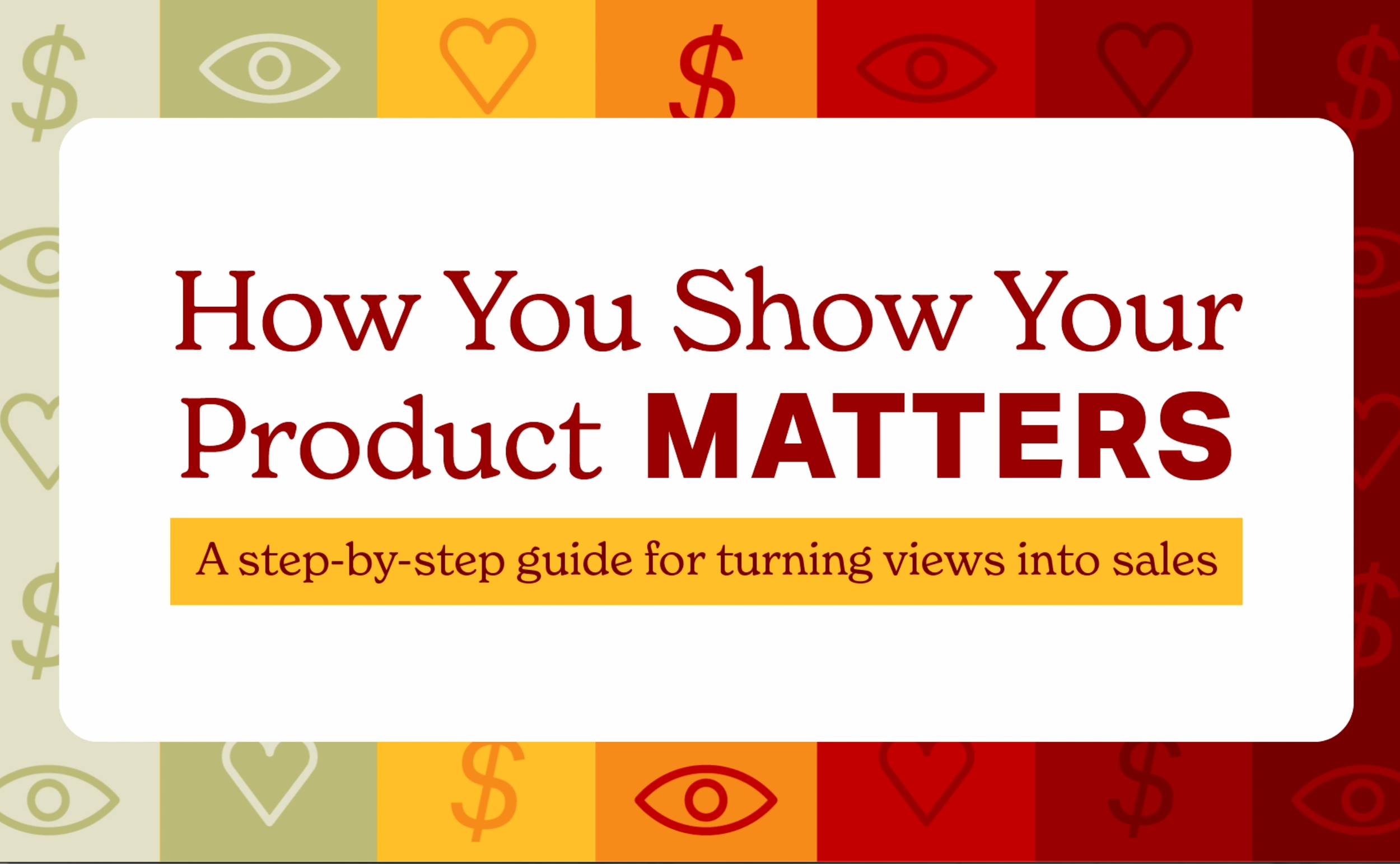When Discounts Backfire: What B2B Marketers Need to Know About Multichannel Spillover
When Discounts Backfire: What B2B Marketers Need to Know About Multichannel Spillover
Price breaks are a familiar part of doing business. They can help close an important deal, strengthen a relationship, or reward a loyal account. But new research published in the Journal of the Academy of Marketing Science — Multichannel Discount Spillover in B2B Markets by Andrew T. Crecelius, Justin M. Lawrence, Robert W. Palmatier, and Jonathan Z. Zhang — shows that these discounts often come with hidden costs.
In markets where buyers compete with one another, discounts rarely remain isolated. Once a single buyer secures a better deal, others often become aware and push for similar concessions. The authors call this phenomenon “discount spillover,” and it can significantly erode profitability across customer networks.
Why the Costs Add Up
Granting a discount might look minor on paper, but the ripple effects are anything but. The research found that when spillover occurs, the negative impact on seller profitability is nearly three times greater than the cost of the original concession.
The effect is particularly pronounced in multichannel markets, where buyers compete both offline and online. In these cases, the margin losses are about 43 percent greater than in offline-only markets.
How the Research Was Done
To ground their findings in real-world practice, the authors conducted two large-scale field studies.
About the Research
Multichannel Discount Spillover in B2B Markets
Journal of the Academy of Marketing Science (JAMS), 2023
Authors:
Andrew T. Crecelius
Justin M. Lawrence
Robert W. Palmatier
Jonathan Z. Zhang
Full Citation:
Crecelius, A.T., Lawrence, J.M., Palmatier, R.W. et al. Multichannel discount spillover in B2B markets. J. of the Acad. Mark. Sci. 52, 1086–1106 (2024). https://doi.org/10.1007/s11747-023-00973-z
A U.S. distributor study: Spanning 11 years of data from more than 2,000 resellers, this analysis combined transaction records, geographic location, and cost information to examine how discounts affected both offline and online competitors.
A consumer durables study: Covering over 1,500 retailer accounts, this study confirmed the presence of spillover in a context where products were less easily substituted.
The consistency across these two very different settings underscores how pervasive discount spillover can be.
When Spillover Grows Stronger
Certain conditions make the problem worse. Discounts on rare or high-value products carry more weight, because competitors see them as especially significant. Concessions spread broadly across a buyer’s product portfolio intensify spillover in offline markets. And in highly transparent online environments, rivals can easily compare prices and demand similar treatment.
When Spillover Is Contained
Other scenarios soften the impact. Discounts to very large accounts tend to generate less copycat behavior, since competitors often expect these firms to command favorable terms. And when buyers differentiate themselves by offering services or value-added solutions, rivals are less likely to compete purely on price.
What This Means for Practitioners
For marketing and sales leaders, the main takeaway is that pricing decisions reverberate across channels and accounts. A discount is not just a private arrangement with one buyer; it can reset expectations across an entire market.
This doesn’t mean discounts should vanish from your toolkit. Rather, it calls for a more strategic approach: assessing not only the immediate benefits but also the competitive dynamics that follow. By carefully selecting where and how discounts are applied, firms can reward the right accounts, strengthen relationships, and avoid profitability drains that come from spillover.
From the Authors
What marketing challenge(s) does your article address?
When B2B suppliers use targeted discounts to grant price reductions to a single buyer, they may unintentionally trigger discount requests from other buyers in the same market; we call this challenge ‘discount spillover’ and it is a significant threat to supplier profit.
What companies/organizations/industries will benefit from your findings?
Manufacturers, distributors, and other B2B suppliers that serve the market through a network of various resellers. Specific companies that might benefit include 3M, Schneider Electric, Caterpillar, Kent Corporation, and numerous others.
What competitive, cooperative, customer, employee, or market conditions may success of the recommendations depend?
We highlight six factors that affect the success of discount spillover reduction: discount factors (whether the discounts were on rarely-discounted products and whether the discounts covered numerous products); market factors (whether the local market has few competitors and whether online prices are transparent in the market); and factors related to the buyer targeted by the discounts (how large the targeted buyer is and whether the targeted buyer offers value-added services).
How can the recommendations from your findings specifically be implemented?
Using the six factors above, suppliers can be strategic both in how they target discounts (based on market and targeted buyer factors) and how they design discounts (in terms of which products are discounted). In general, spillover will be minimized if the supplier targets buyers that are larger, that offer services, that have many competitors, and that have minimal online price transparency in their markets. Spillover can also be reduced by being judicious when discounting seldom-discounted products, and avoiding broad discounts across the portfolio of products being purchased.
What outcomes would be expected?
Although targeted discount strategies often involve some short-term margin loss in exchange for a longer-term strategic aim (e.g., winning customer loyalty or share of wallet), discount spillover can dramatically magnify this short-term loss. By following the recommendations above, discount spillover can be essentially eliminated in an ideal scenario. Naturally, specific strategic considerations of each company make it impractical to never target discounts to small buyers, for example, but we expect that even incremental modifications of targeted discount strategies based on our recommendations would substantially reduce profit loss from spillover.




